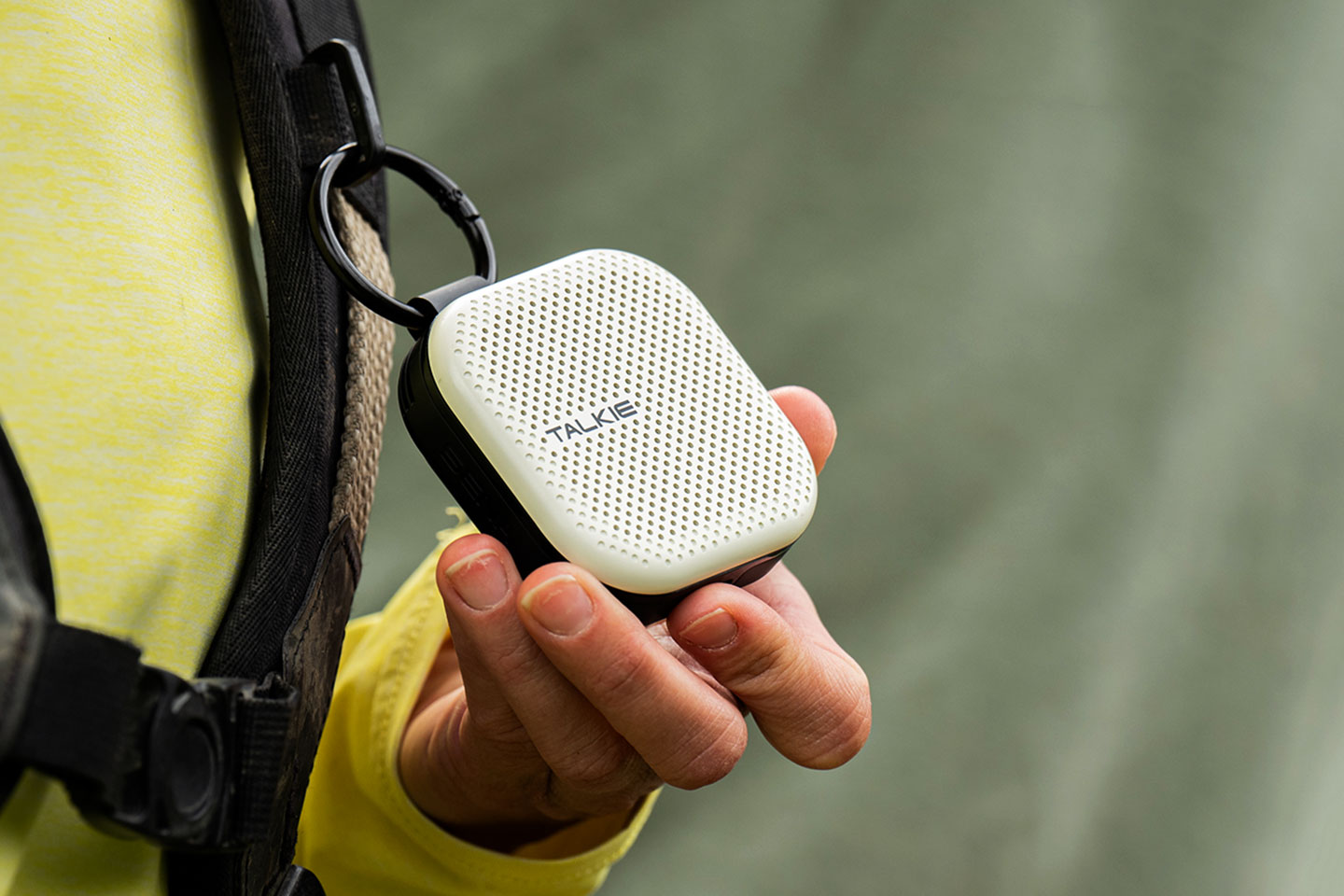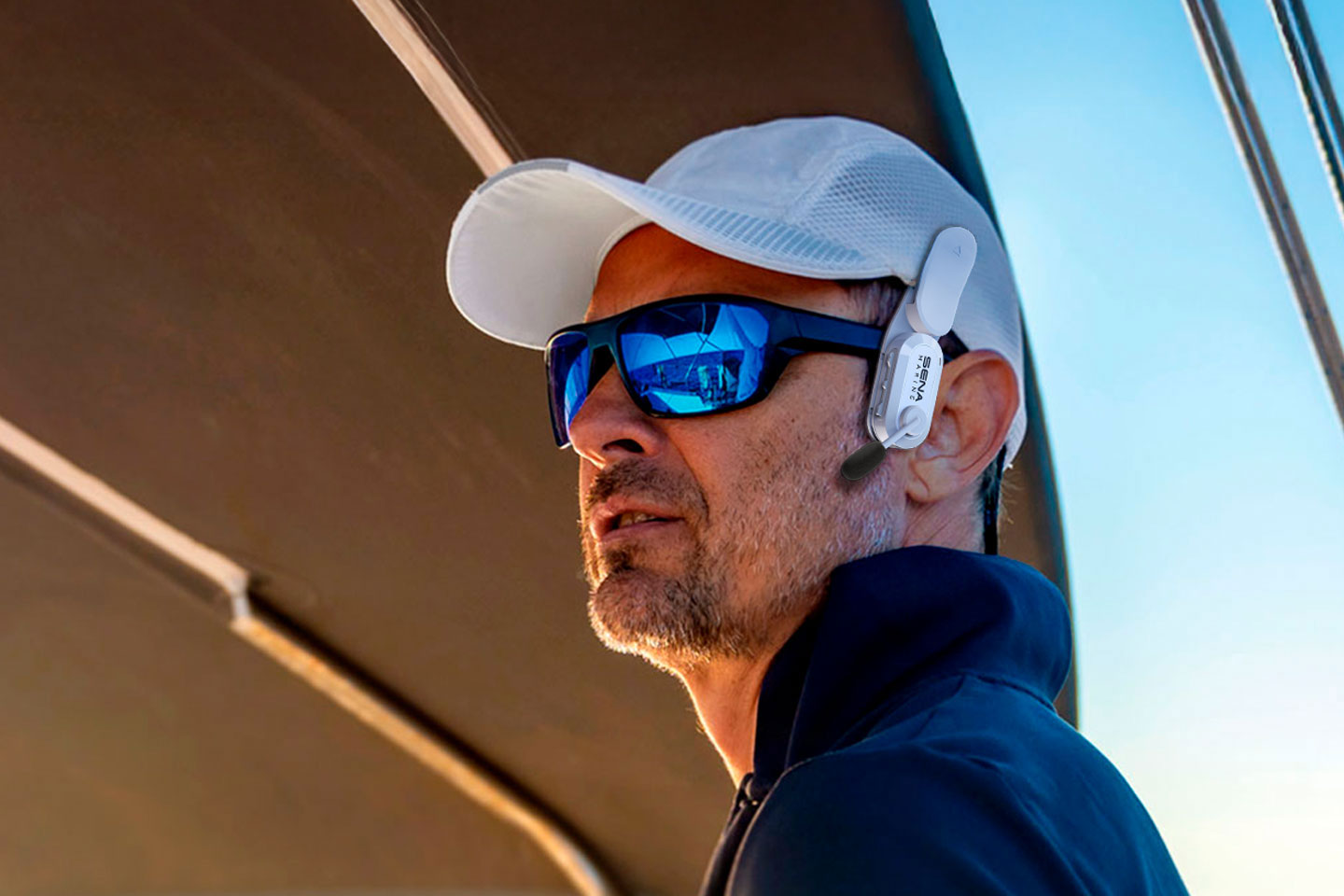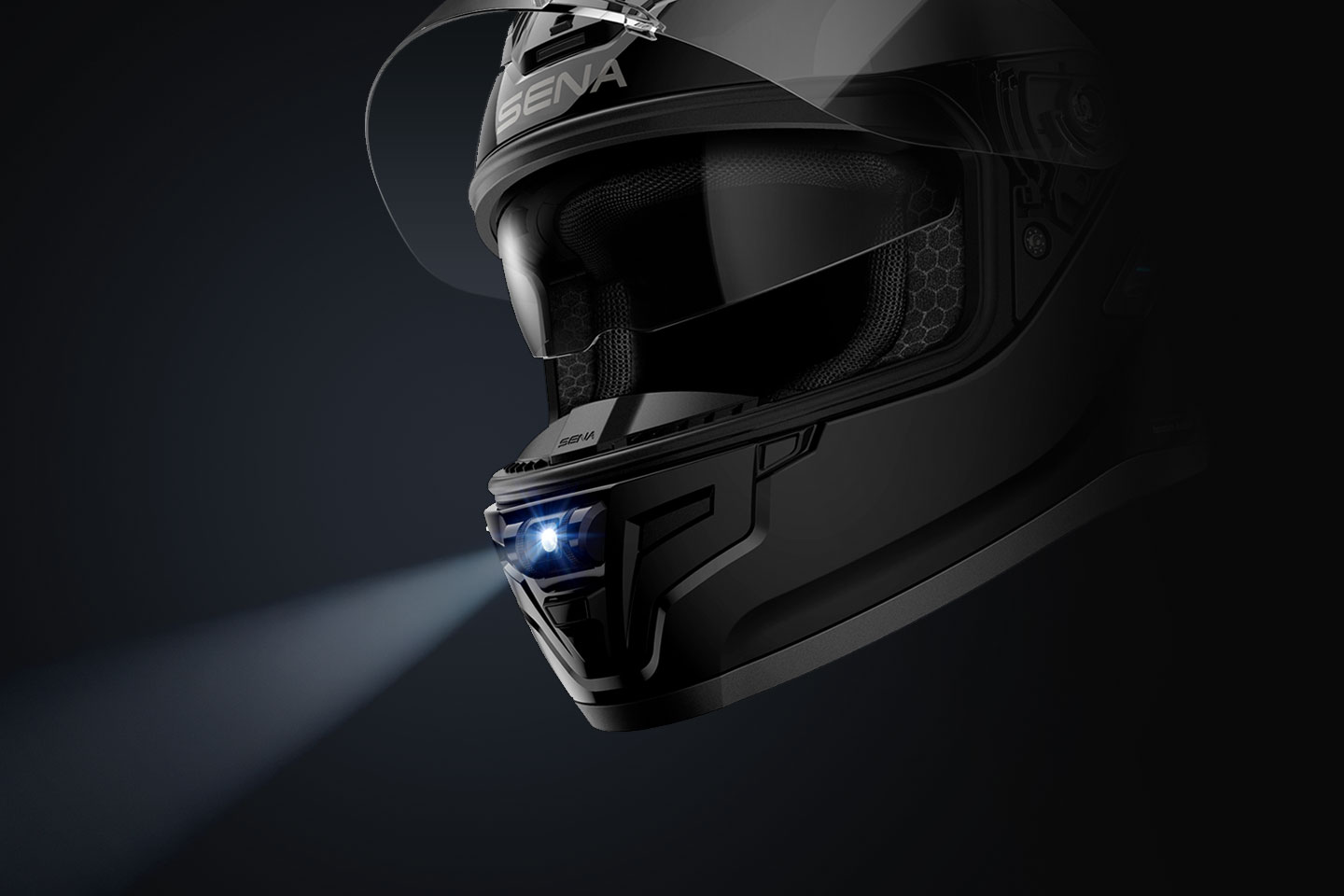Understanding Motorcycle Helmet Certifications: Why They Matter and How to Choose the Right One
February 5, 2023

When it comes to motorcycle safety, the helmet is not just a piece of gear—it’s a critical line of defense. However, with various helmet certifications available, it can be confusing to understand what each one means and why it matters. At Sena, we believe that knowing the different helmet certifications and their significance is crucial for making an informed choice that enhances both safety and comfort. In this article, we’ll break down the key helmet certifications and explain why they are essential for every motorcyclist.
1. The Importance of Helmet Certifications
Helmet certifications are standards set by regulatory bodies to ensure that helmets meet specific safety requirements. These certifications are not merely bureaucratic labels—they represent rigorous testing and adherence to safety protocols. Choosing a helmet with the appropriate certification can significantly impact your safety in the event of an accident.
Here’s why helmet certifications are so important:
- Safety Assurance: Certifications guarantee that the helmet has undergone standardized testing to protect against various types of impacts and accidents.
- Quality Control: Certified helmets are subject to regular quality checks, ensuring that they maintain high safety standards throughout their lifespan.
- Legal Compliance: In many regions, wearing a helmet that meets certain certification standards is required by law.


2. Key Helmet Certifications Explained
ECE (Economic Commission for Europe)
- Overview: The ECE 22.05 is one of the most widely recognized helmet standards in Europe. Helmets meeting this certification are tested for impact resistance, penetration, and retention system performance.
- Testing Criteria: ECE-certified helmets are tested for impacts at different points, including the top, sides, and chin area. They must also pass penetration tests and retention system checks.
- Why It Matters: ECE certification ensures that helmets offer a high level of protection under diverse conditions, making them a reliable choice for riders in Europe and beyond.
DOT (Department of Transportation)
- Overview: DOT certification is required for helmets sold in the United States. It is governed by the Federal Motor Vehicle Safety Standard (FMVSS) 218.
- Testing Criteria: DOT helmets must pass tests for impact absorption, penetration resistance, and strap strength. They are tested under various conditions to ensure overall safety.
- Why It Matters: DOT-certified helmets meet stringent safety requirements established by U.S. regulations, making them a standard choice for American riders.
Snell Memorial Foundation
- Overview: The Snell certification, established by the Snell Memorial Foundation, is an independent testing standard known for its rigorous testing procedures.
- Testing Criteria: Snell-certified helmets undergo more intense impact testing and are required to meet higher performance levels than other standards. This includes testing for multiple impact sites and various types of impacts.
- Why It Matters: While not legally required, Snell certification is highly respected and often preferred by riders seeking maximum safety, especially in competitive racing.
JIS (Japanese Industrial Standards)
- Overview: JIS certification is a standard used in Japan, similar in scope to ECE and DOT but tailored to specific regulations and conditions in Japan.
- Testing Criteria: JIS-certified helmets are tested for impact resistance, penetration, and the effectiveness of the retention system, ensuring they meet high safety standards.
- Why It Matters: For riders in Japan or those using helmets imported from Japan, JIS certification offers assurance of quality and safety specific to Japanese standards.
AS/NZS (Australian/New Zealand Standards)
- Overview: AS/NZS 1698 is the certification standard used in Australia and New Zealand. It covers safety and performance requirements for motorcycle helmets.
- Testing Criteria: AS/NZS-certified helmets undergo impact absorption tests, penetration tests, and retention system evaluations similar to ECE and DOT standards.
- Why It Matters: This certification ensures helmets meet the specific safety requirements for riders in Australia and New Zealand, providing reliable protection in these regions.

3. How to Choose a Helmet with the Right Certification
Understand Your Needs: Consider where you’ll be riding most often. If you’re in Europe, an ECE-certified helmet will suffice. In the U.S., you’ll need a DOT-certified helmet. For competitive riding or added peace of mind, you might look for Snell certification.
Check for Multiple Certifications: Some helmets come with multiple certifications, such as ECE and DOT. This indicates that the helmet meets a broader range of safety standards, offering extra assurance.
Verify Authenticity: Ensure the helmet you choose is genuine and comes with the certification labels. Be wary of counterfeit products that may claim to meet certification standards but do not actually comply with testing requirements.
Prioritize Fit and Comfort: Certification is essential, but a properly fitting helmet is crucial for safety. Try on different models and sizes to find the one that provides the best fit and comfort while still meeting the required safety standards.

4. The Sena Advantage
At Sena, we understand the importance of helmet safety and certification. Our communication systems are designed to integrate seamlessly with certified helmets, enhancing your riding experience without compromising on safety. We offer a range of products compatible with various helmet types and certifications, ensuring you can stay connected while riding confidently.
Choose Safety, Choose Sena: Equip yourself with the right helmet certification and explore our advanced communication solutions to elevate your riding experience. Visit our website to find the perfect Sena product for your helmet and enjoy the ultimate in safety and connectivity.
Ride Safe, Stay Connected with Sena.







